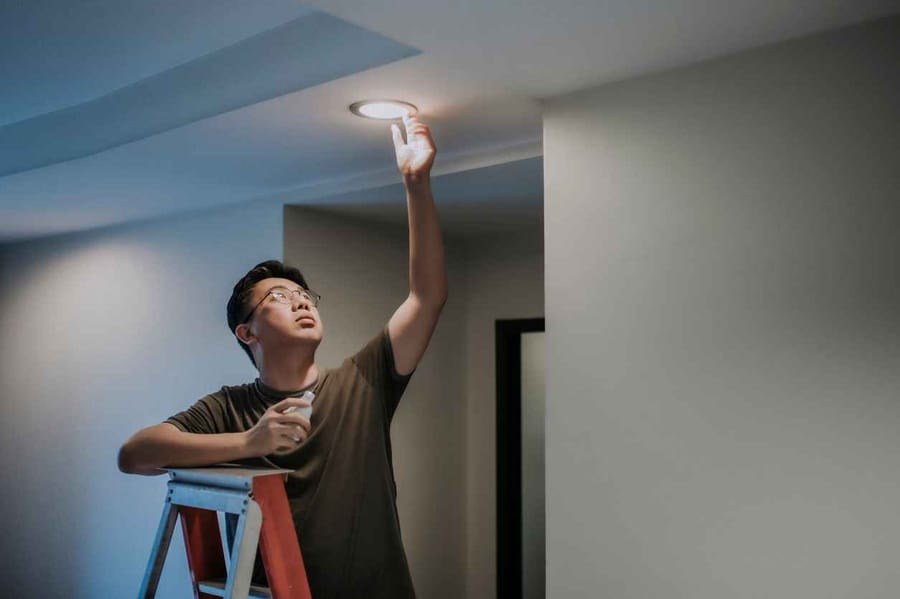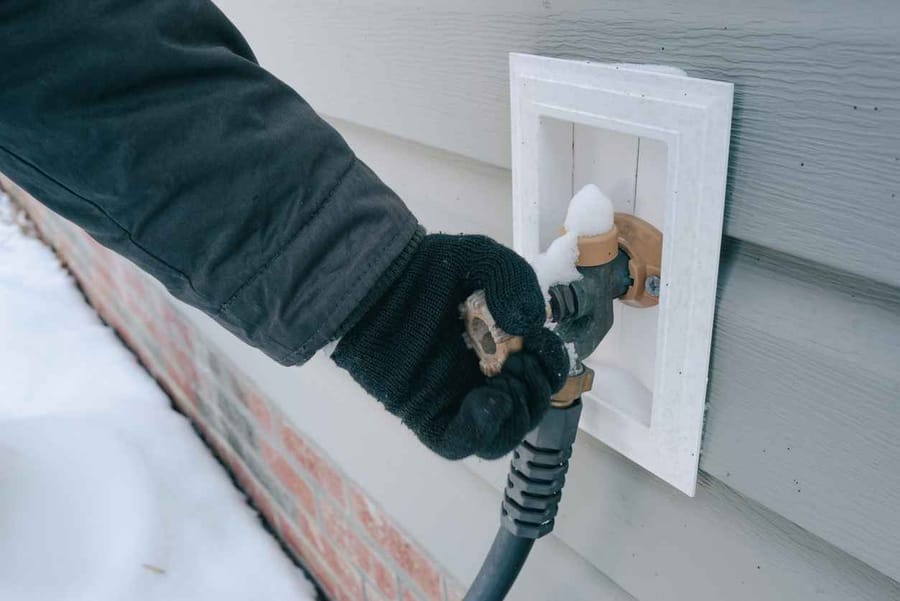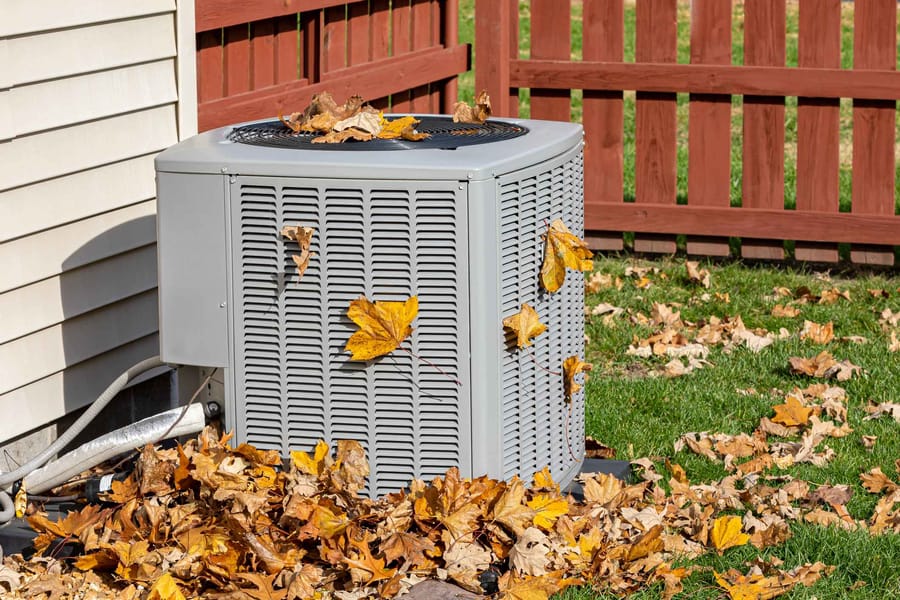Financing Available
Is Your Home Air As Clean As You Think?

According to the Environmental Protection Agency, indoor air quality tends to be 2 to 5 times more contaminated than outdoor air. What does that mean for your family? Quite simply, that your indoor air at home just isn’t quite cutting it when it comes to dust, dirt, pet dander, and other common pollutants.
These contaminants can lead to increased symptoms for those suffering from allergies, asthma, and other respiratory issues, as well as generally making your house a less-than-comfortable place to be. What can you do to improve your home’s indoor air quality? We have a few suggestions that may freshen things up in time for summer.
Only Vacuum After Dusting
We’d also like to add an extra caveat to that — always vacuum after dusting. Even if you’re just not a fan of the noise and the work that comes along with a vacuuming your home thoroughly, doing so after dusting can be your first line of defense in clearing up your air quality. When you dust, at least some of what you pick up will simply be moved onto the floor, your upholstery, or any other flat surface it can find.
Aside from being sure to use microfiber dusting cloths, which simply do a better job than traditional rags or paper towels, vacuuming immediately afterwards can help make sure everything that was just dusted on the floor gets picked up and disposed of. Be sure to empty your vacuum’s bag (or canister, for bagless vacuums) right after you finish, preferably outside, to make sure all that dust you picked up can’t just find its way back inside.
Get Your Home to Go Green
Houseplants do an incredible job at cleaning out air pollution. A ficus plant is always a great option, as they are low-maintenance and have been found to work efficiently at cleaning the air wherever they are. Really, though, any green, leafy plant will do the trick. You’ll be surprised at the difference in air quality just a few green plants can create in your home.
Don’t Forget Your Bathroom Fans
One of the most common complaints about air quality will often be excessive humidity lingering in bathrooms or homes in general. Mildew and mold growth are exacerbated by warm, damp places and so it’s essential to use your bathroom fan to vent the moist air out of the room after any bath or shower. If you can keep your bathroom air dry, you’ll go a long way towards alleviating humidity issues within your home.
Change Out That Air Filter
You’ll see us advise this again and again, and trust us — regularly switching out air filters is essential. As they are often located behind screens or down seldom-used hallways, it’s an easy task to forget. A clogged air filter, however, simply cannot help filter the dust and debris from the air and will leave you with bad air quality and a home heating and cooling system working harder and harder each week to keep your home comfortable.
Make sure to switch the air filter out monthly. We recommend setting an alarm for yourself, or making it a habit to change your air filter on the day your mortgage payment goes out… anything that will help it to become a part of your household routine.
Call in a Professional to Check on Your Indoor Air Quality
At Donnelly’s Plumbing Heating and Cooling, we’re happy to step in to help when issues with air quality arise. We can take a look at your HVAC unit, gas furnace, or other aspects of your home heating and cooling system and let you know if they may be contributing to your indoor air quality concerns. If you sign up for our newly revamped Comfort Protection Plan, you’ll receive two preventative maintenance visits per year, where we thoroughly inspect your system to be sure that there isn’t any aspect of your HVAC that might be contributing to bad indoor air quality. To learn more about the Comfort Protection Plan, just click the banner below. To schedule service for your home, give us a call at (215) 855-2014 or contact us online today!
Recent Posts



